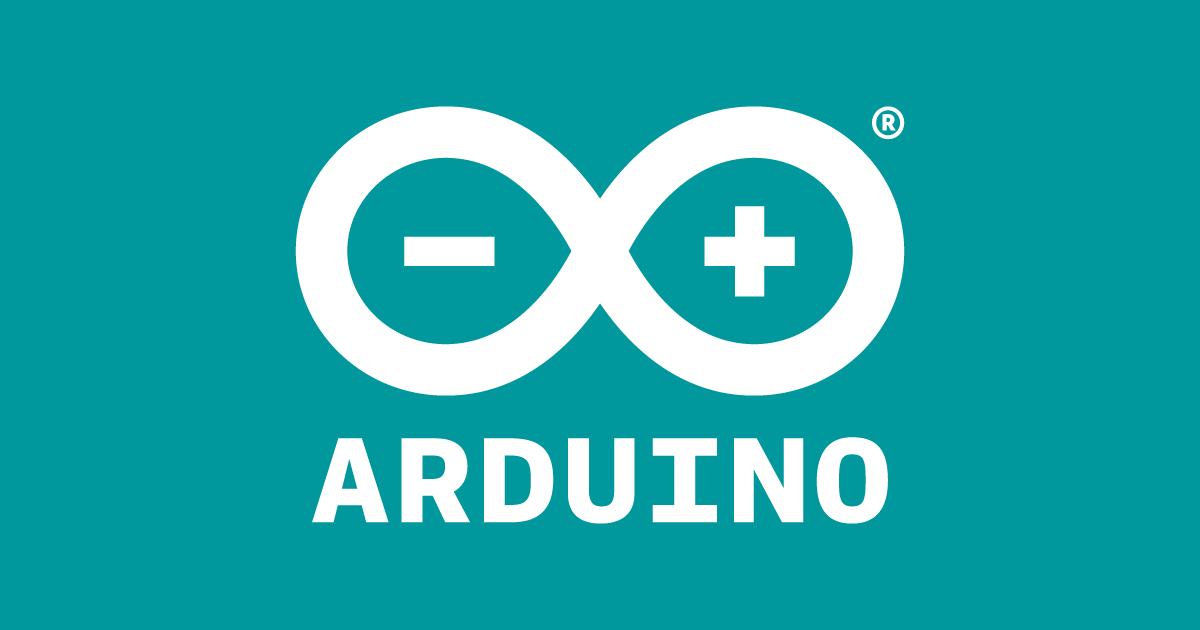Because he now has to measure the voltage 16X faster he needs a faster ADC, and because the data takes 16x more "space" he needs a micro with more RAM, and because the math is more complicated he must upgrade to the next faster CPU, and that new CPU only cones in the next bigger package, and the code just ran off the end of PROM, and now none of it fits on the old PCB, and free is not free.
I suggest you try reading the thread
As he's wanting to read the ADC SLOWLY (in order to average the readings) he doesn't need a faster CPU (and could probably use a far slower one), likewise the space requirements - which are extremely minimal, as are the maths requirements.
The entire idea is trivial - and he could probably have written it in the time he took to write the original question.
Edit:
Quick Arduino tutorial example:

Smoothing
Open-source electronic prototyping platform enabling users to create interactive electronic objects.


